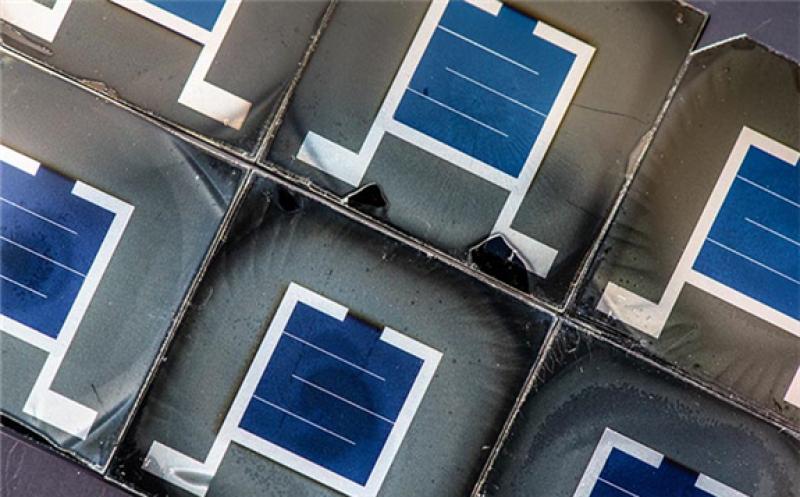Scientists led by the Beijing Institute of Technology examined the latest developments in perovskite-silicon tandem cells, delving into the varied materials and designs promising high efficiency and the challenges that remain to be overcome for the development of low-cost, reliable devices.

This work comes just weeks after the efficiency record was pushed to 29.52% by Oxford PV, which is developing industrial processes for tandem cell production at a pilot line in Germany.
The group, also including scientists from McMaster University in Canada, finds that several challenges remain to demonstrate long term stability for perovskites, able to match the 30 years plus lifetime expectation now required for market entry. These challenges, however, should soon be surmountable.
Promising approach
“We believe that the commercialization of PVSK/Si tandem, which provides one of the most promising approaches to producing cheaper solar electricity, can be achieved in the near future.” This is the conclusion of an exhaustive review of the materials, cell designs and cost potential the has gone into tandem cell technology in recent years, published in the journal Frontiers in Chemistry.
The paper finds that perovskite solar cells in combination with most available silicon designs (PERC, PERx, TOPCon, heterojunction and interdigitated back contact), promise around a 5% absolute efficiency increase, which will be economically attractive in most cases. “In the viewpoint of the c-Si solar cells, the PVSK/Si tandem devices provide an alternative route that is incremental rather than disruptive,” the researchers state.
Similar to recent work published by Fraunhofer ISE, they note that while much research has focused on higher efficiency HJT or TOPCon cells, the sheer size of the PERC cell production industry means it cannot be ignored. “PERX family cells are worthy of investigation due to their predominant market share, which indicates strong motivation for the producers for further improvement by coupling with perovskite cells.”
And in terms of challenges, they find that encapsulation strategies for tandem cells still require a lot of work, and that the research community should focus on working with large scale devices, and collaborating on demonstration of stability. “Standards for testing stability are needed, and the corresponding studies should report stability data exhaustively,” the group concludes. “Once this has been accomplished, PVSK/Si tandems will be poised to be commercialized rapidly, benefiting from a partnership with the existing c-Si industry.”
This article is reproduced at www.pv-magazine.com